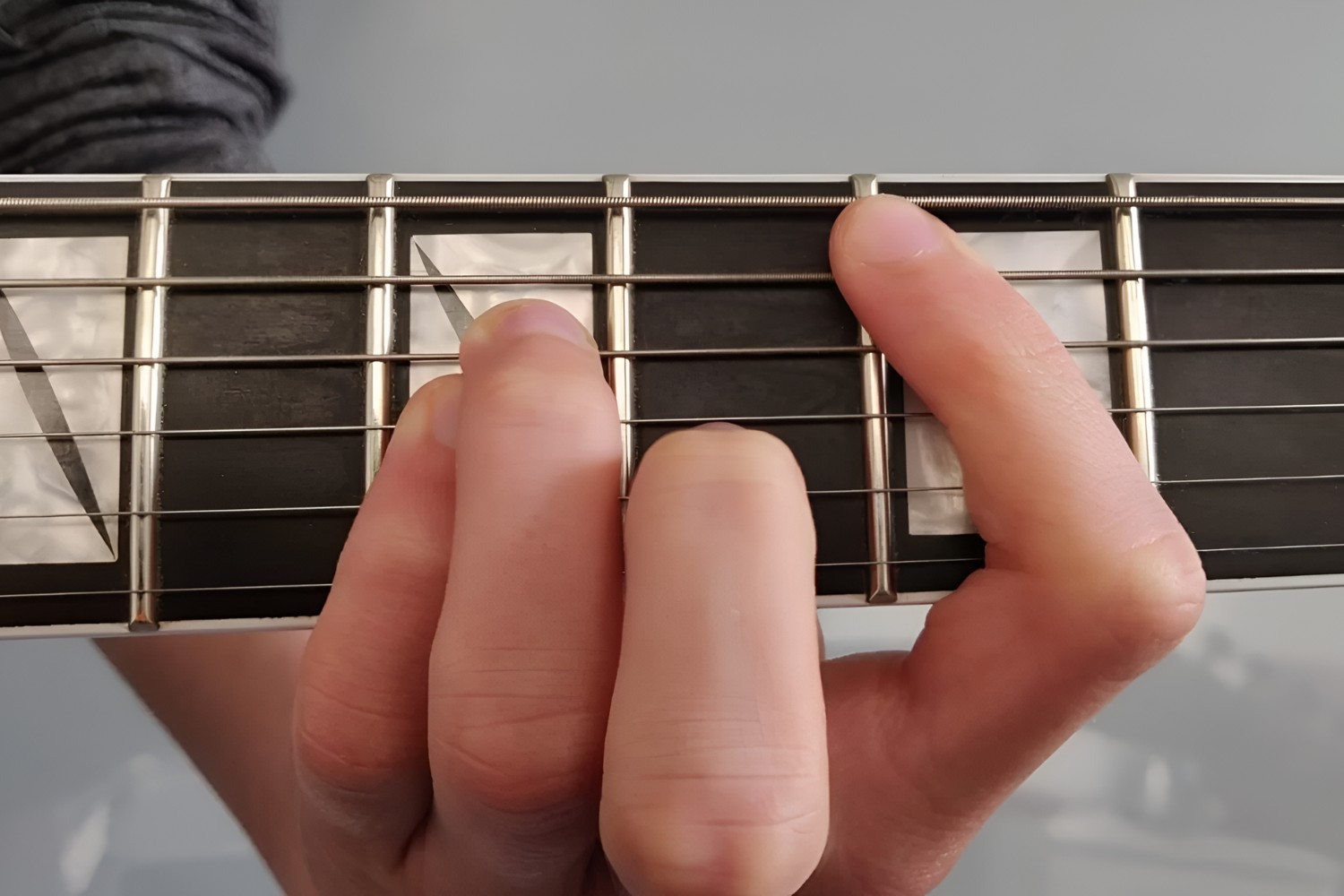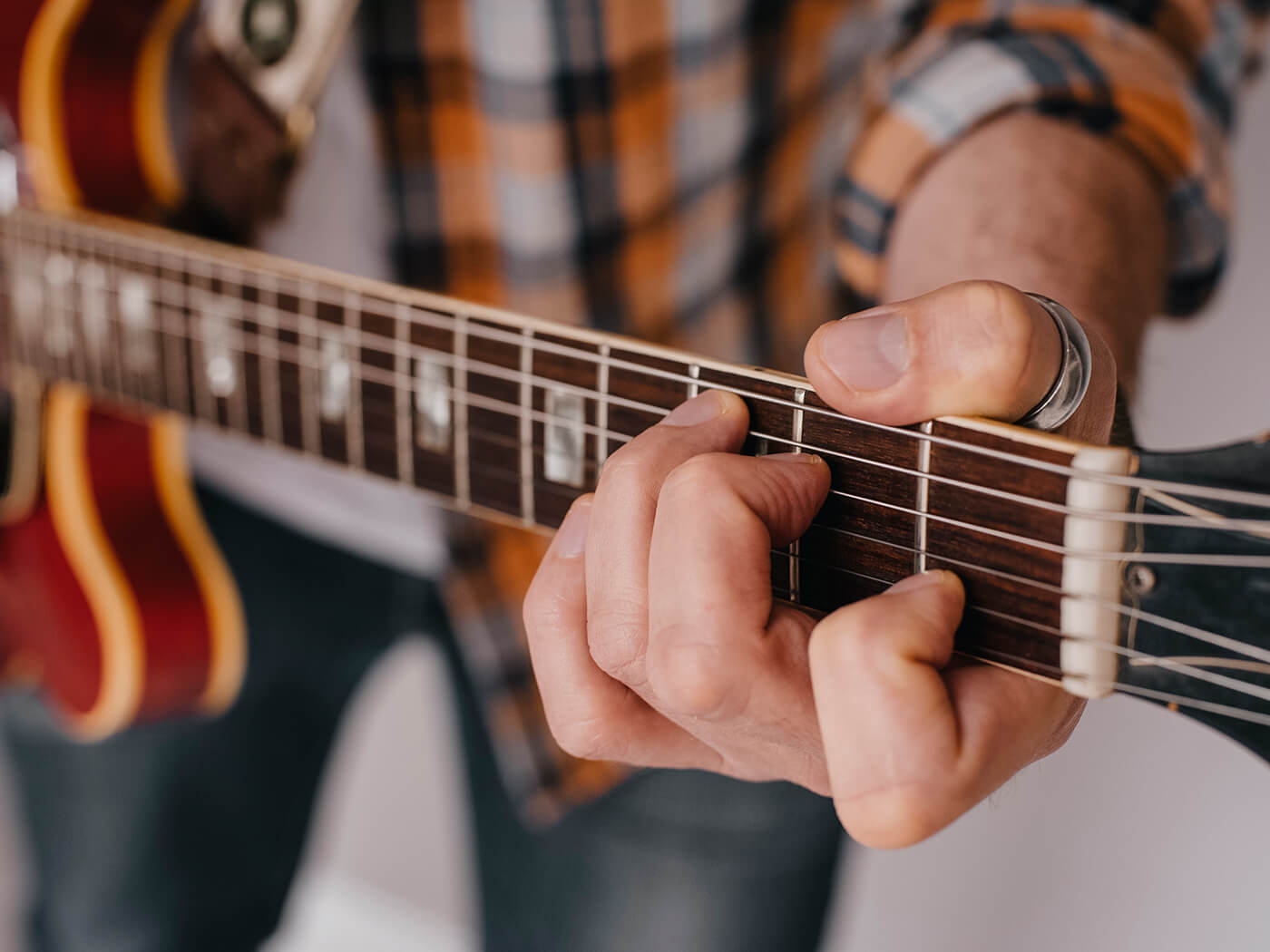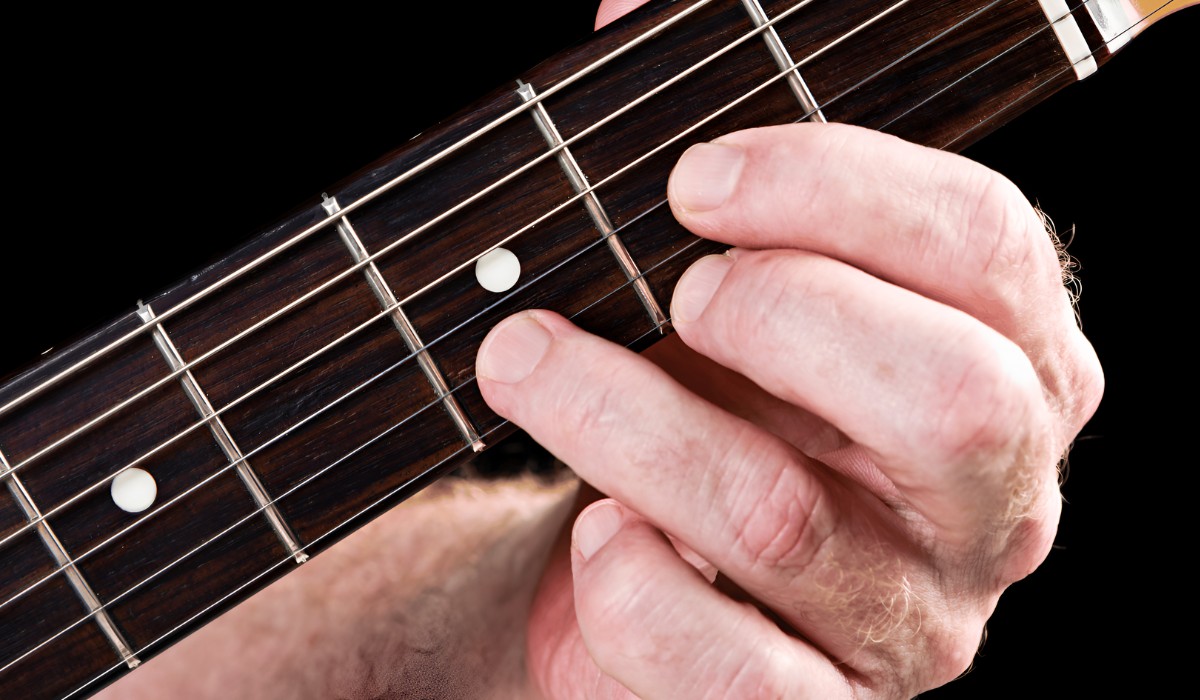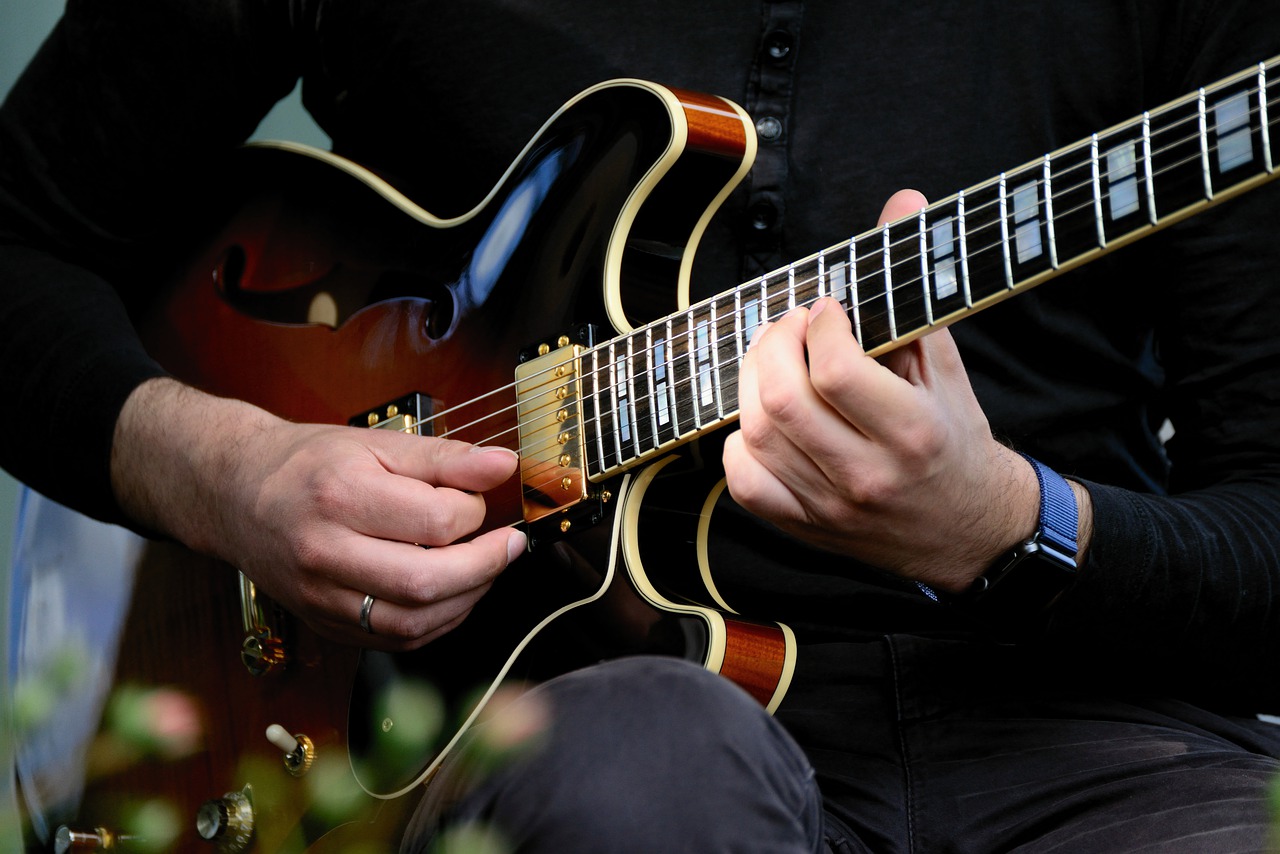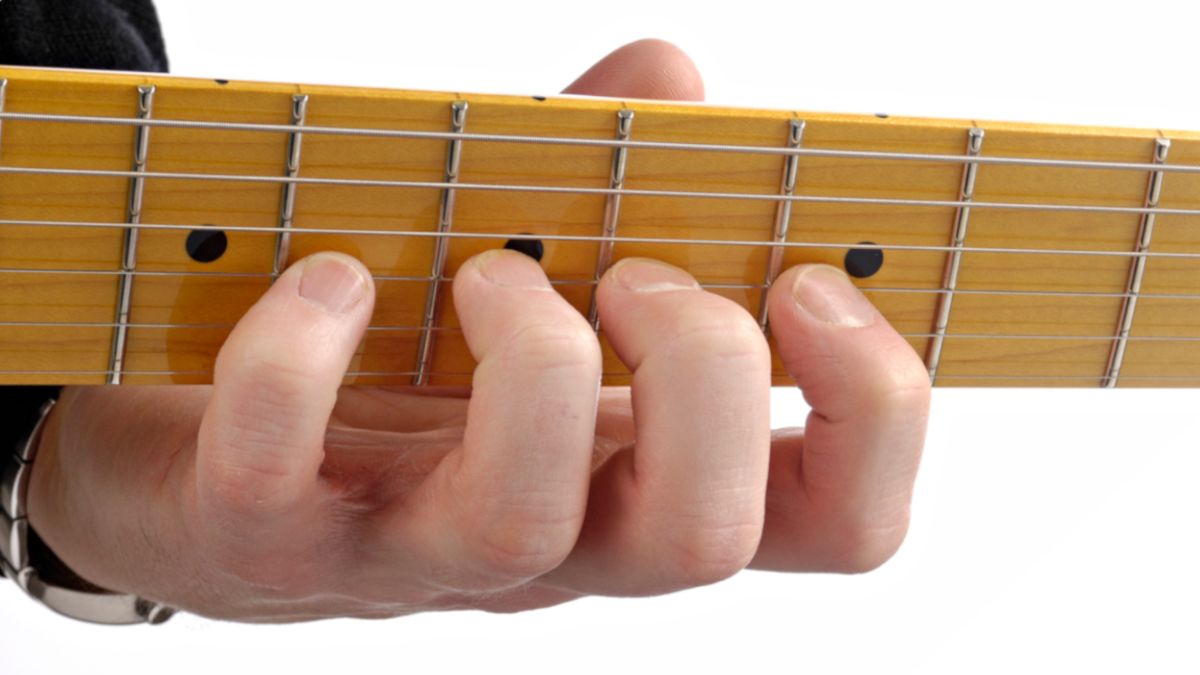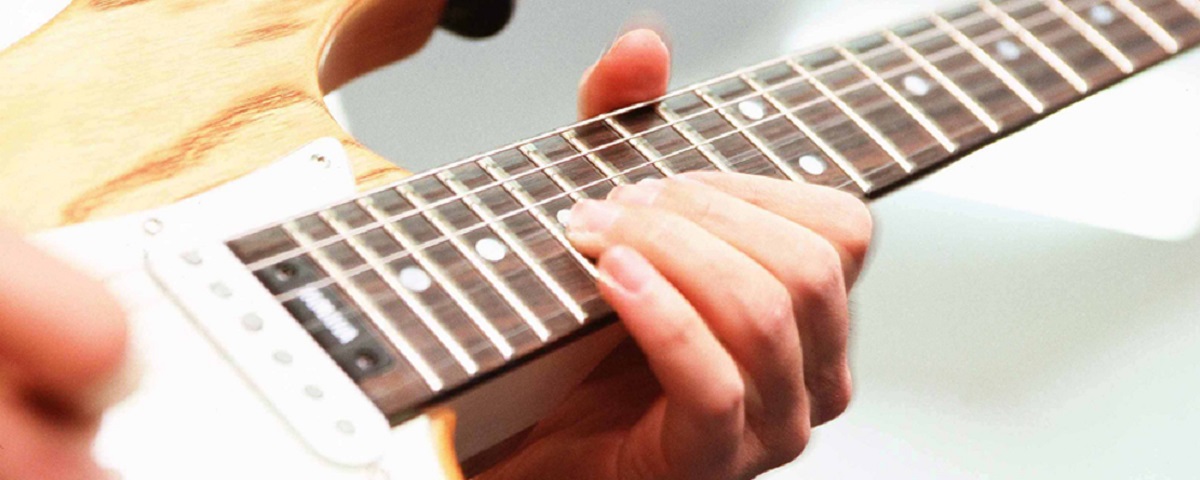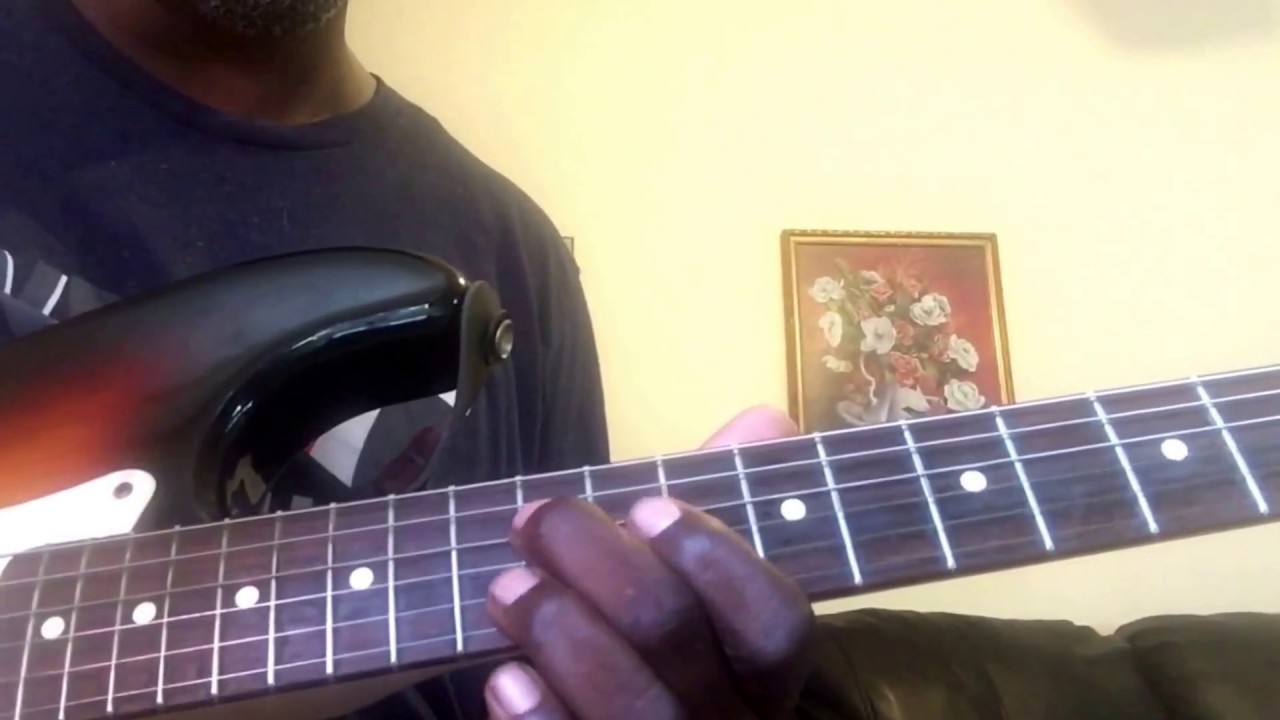Introduction
Introduction
Playing chords on an electric guitar is a fundamental skill for any aspiring guitarist. Whether you're a beginner or an experienced player, mastering chord techniques is essential for creating rich, harmonious sounds. Unlike acoustic guitars, electric guitars offer a wide range of tonal possibilities, making chord playing an exciting and versatile endeavor. In this guide, we'll explore the basics of playing chords on an electric guitar, from understanding chord structures to mastering various chord shapes and techniques. By the end of this article, you'll have a solid foundation for creating captivating chord progressions and unleashing your creativity on the electric guitar.
The electric guitar's unique sound and amplification capabilities make it an ideal instrument for exploring the sonic potential of chords. From clean, shimmering tones to aggressive, distorted power chords, the electric guitar offers a diverse sonic palette that can elevate any musical composition. Whether you're drawn to the melodic intricacies of jazz, the raw energy of rock, or the soulful expressions of blues, understanding how to play chords on an electric guitar is a gateway to unlocking a world of musical expression.
Moreover, as technology continues to evolve, the electric guitar has become increasingly integrated with digital effects and recording software, opening up new possibilities for sonic experimentation. Learning to play chords on an electric guitar not only equips you with the foundational skills for live performance but also empowers you to explore the endless creative potential of modern music production.
In the following sections, we'll delve into the essential aspects of playing chords on an electric guitar, covering everything from basic chord shapes to advanced techniques for manipulating tone and texture. Whether you're a beginner eager to learn the ropes or a seasoned player looking to refine your skills, this guide will provide valuable insights to enhance your chord-playing abilities on the electric guitar. Let's embark on this musical journey and unlock the full potential of the electric guitar's harmonic prowess.
Understanding Chords
Before diving into the practical aspects of playing chords on an electric guitar, it’s crucial to grasp the fundamental principles of chord construction and theory. At its core, a chord is a collection of three or more notes played simultaneously, creating a harmonious blend of sound. Understanding the structure of chords is essential for navigating the fretboard and creating compelling musical arrangements.
Chords are built from different combinations of root notes, intervals, and added tones, each contributing to the chord’s unique character and emotional impact. The most common type of chord is the triad, which consists of a root note, a third, and a fifth. These intervals determine whether a chord is major, minor, augmented, or diminished, shaping its tonal quality and emotional resonance.
On the fretboard, chords are represented by specific finger placements and fret positions, forming distinct shapes that can be moved and transposed to create different chord voicings. As you familiarize yourself with chord shapes and their theoretical underpinnings, you’ll gain the ability to interpret chord symbols, construct chord progressions, and improvise with confidence.
Furthermore, understanding the relationship between chords and keys is essential for navigating the harmonic landscape of music. Each key has a corresponding set of chords that harmonize with its tonal center, providing a framework for creating melodies and chord sequences that resonate harmoniously. By internalizing the principles of chord theory, you’ll develop a keen sense of musical fluency and be able to communicate with other musicians effectively.
Whether you’re exploring the lush voicings of jazz chords, the emotive resonance of blues progressions, or the driving force of rock power chords, a solid understanding of chord theory lays the groundwork for expressive and dynamic guitar playing. As we delve deeper into the practical aspects of playing chords on an electric guitar, keep in mind the significance of chord theory in shaping your musical journey.
Basic Chord Shapes
Mastering basic chord shapes is an essential step in becoming proficient at playing chords on an electric guitar. These foundational shapes form the building blocks for countless chord variations and progressions, providing a solid framework for musical exploration.
One of the most common chord shapes for beginners is the open chord, which utilizes open strings to create full and resonant sounds. Open chords such as C major, G major, and D major are often among the first chords that aspiring guitarists learn, serving as gateways to understanding fretting techniques and chord transitions. As you progress, you’ll encounter a diverse array of open chord shapes that unlock new sonic possibilities and enrich your musical repertoire.
Additionally, barre chords are indispensable for expanding your chord-playing capabilities on the electric guitar. By using a single finger to fret multiple strings across the fretboard, barre chords enable you to play a wide range of chord qualities and voicings. While mastering barre chords requires finger strength and dexterity, the payoff is immense, as these versatile shapes empower you to navigate the entire fretboard with ease and confidence.
Furthermore, power chords are a staple of rock and metal music, known for their raw energy and aggressive sound. Comprising only the root note and the fifth, power chords are movable shapes that can be positioned anywhere on the fretboard, making them ideal for creating driving riffs and intense chord progressions. Whether you’re cranking up the distortion or dialing in a clean tone, power chords inject raw power and attitude into your guitar playing.
As you familiarize yourself with basic chord shapes, pay close attention to proper finger placement, hand posture, and fretting technique. Developing a strong foundation in basic chord shapes will not only enhance your playing proficiency but also lay the groundwork for tackling more complex chord voicings and extended harmonies in the future.
By internalizing these fundamental chord shapes, you’ll gain the confidence to explore diverse musical genres and styles, harnessing the expressive potential of the electric guitar to bring your musical visions to life.
Barre Chords
Barre chords are fundamental to expanding your chord vocabulary and unlocking the full potential of the electric guitar. Unlike open chords, which incorporate open strings, barre chords require the guitarist to use a single finger to fret multiple strings across the fretboard, creating a movable chord shape that can be transposed to different positions. While mastering barre chords demands finger strength and precision, the versatility they offer is invaluable for navigating the fretboard and playing a wide range of chord qualities.
One of the most common barre chord shapes is the E-shaped barre chord, which is based on the open E major chord. By barring a fret with your index finger and forming the E major shape with your remaining fingers, you can create movable barre chords that can be transposed up and down the fretboard, allowing for seamless chord transitions and harmonic exploration. Similarly, the A-shaped barre chord, derived from the open A major chord, provides an alternative voicing that expands your chord-playing repertoire and adds depth to your musical arrangements.
As you delve into the world of barre chords, it’s essential to focus on maintaining even pressure across the barred fret, ensuring that all strings ring out clearly without any muted notes. Developing finger strength and dexterity is a gradual process, but consistent practice and proper technique will yield significant improvements in your ability to execute barre chords with precision and clarity.
Moreover, mastering barre chords opens the door to playing complex chord progressions, experimenting with modal interchange, and incorporating extended chord voicings into your compositions. Whether you’re crafting intricate jazz arrangements, emotive ballads, or driving rock anthems, barre chords provide a versatile toolkit for expressing a wide range of musical emotions and moods.
While barre chords may initially present a challenge, the rewards of incorporating them into your playing are boundless. From enriching your harmonic palette to enabling you to tackle more advanced musical material, barre chords are a cornerstone of electric guitar playing, empowering you to unleash your creativity and musical vision with confidence and flair.
Power Chords
Power chords are a quintessential element of rock, punk, and metal music, renowned for their raw energy, aggressive sound, and straightforward yet powerful structure. Comprising only the root note and the fifth, power chords are versatile and adaptable, making them a staple in the repertoire of electric guitarists across various genres. Whether you’re cranking up the distortion or dialing in a clean tone, power chords inject raw power and attitude into your guitar playing, driving the rhythmic force of your musical compositions.
One of the defining characteristics of power chords is their neutrality, as they lack the third interval that determines whether a chord is major or minor. This quality grants power chords a sense of ambiguity, allowing them to seamlessly complement both major and minor tonalities within a musical composition. As a result, power chords are highly adaptable and serve as a solid foundation for crafting driving riffs, aggressive chord progressions, and anthemic melodies.
Another advantage of power chords is their portability across the fretboard. Since power chords consist of only two or three notes, they can be easily transposed to different positions, providing flexibility in creating dynamic chord progressions and riff-based arrangements. This mobility empowers guitarists to explore the full range of the instrument, experiment with different tonal centers, and craft captivating musical motifs with ease.
When playing power chords, the muting technique plays a crucial role in achieving a tight and articulate sound. By selectively muting unwanted strings with the fretting hand and controlling string resonance with the picking hand, you can produce punchy and percussive power chord sequences that drive the rhythmic intensity of your music.
Furthermore, power chords are often embellished with rhythmic variations, palm muting, and dynamic accents, adding depth and texture to their sonic impact. Whether you’re unleashing blistering riffs, building tension with chugging rhythms, or creating anthemic chord sequences, power chords provide a versatile sonic palette for crafting compelling musical expressions.
As you incorporate power chords into your playing, you’ll discover their ability to convey a sense of urgency, power, and emotional intensity, making them an indispensable tool for shaping the sonic landscape of your musical endeavors. Whether you’re channeling the rebellious spirit of rock ‘n’ roll or the aggressive edge of heavy metal, power chords are a driving force that propels your guitar playing to new heights of sonic expression.
Playing Chords with Distortion
Distortion is a hallmark of the electric guitar’s sonic identity, adding grit, intensity, and harmonic richness to chord progressions and musical arrangements. Whether you’re aiming to unleash searing rock anthems, evoke emotive blues licks, or craft atmospheric soundscapes, harnessing the power of distortion can elevate your chord playing to new heights of sonic expression.
When playing chords with distortion, the interplay between chord voicings and the characteristics of the distortion effect is pivotal in shaping the overall tonal texture. Distortion has the ability to enhance the sustain and harmonic complexity of chords, imbuing them with a captivating edge and raw energy. As a result, power chords, barre chords, and open chords take on a dynamic and aggressive demeanor when paired with distortion, allowing for the creation of intense and evocative musical statements.
One of the key considerations when using distortion is managing the balance between clarity and aggression in chord playing. While distortion can add a layer of harmonic saturation and overdrive, it’s essential to maintain articulation and precision in your chord voicings. Paying attention to the muting technique, fretting pressure, and string control enables you to achieve a balance between the raw power of distortion and the clarity of individual chord tones, resulting in a defined and impactful sonic presence.
Furthermore, experimenting with different distortion pedals, amp settings, and gain levels allows for a diverse range of tonal possibilities when playing chords. From the searing crunch of classic rock to the high-gain saturation of metal, each distortion flavor offers a distinct sonic palette that can shape the mood and character of your chord progressions. By exploring the sonic nuances of various distortion effects, you can tailor your chord playing to suit a wide spectrum of musical styles and genres.
Moreover, incorporating dynamic playing techniques such as palm muting, string bends, and rhythmic accents amplifies the expressive potential of chords played with distortion. These techniques add depth, articulation, and emotive flair to your chord progressions, allowing you to infuse your playing with a sense of urgency and emotional resonance.
Whether you’re crafting driving rhythm parts, unleashing aggressive power chords, or sculpting ethereal chordal textures, playing chords with distortion opens up a world of sonic exploration and creative expression. Embracing the raw power and harmonic richness of distortion, you can transform your chord playing into a compelling force that captivates listeners and elevates your musical compositions to new heights of intensity and emotion.
Tips for Clean Chord Playing
Mastering clean chord playing on the electric guitar is essential for achieving clarity, precision, and expressive depth in your musical performances. Whether you’re strumming vibrant open chords, navigating intricate arpeggios, or crafting melodic chordal passages, honing your technique to produce clean and articulate chord voicings is a hallmark of skilled guitar playing. Here are some valuable tips to enhance your clean chord playing proficiency:
- Finger Placement and Pressure: Pay attention to the placement of your fretting fingers when forming chords. Ensure that each finger is positioned behind the fret, exerting sufficient pressure to produce clear and resonant notes. Consistent finger pressure across all strings is crucial for preventing muted or buzzing notes, resulting in a clean and balanced chord sound.
- String Muting: Develop the ability to selectively mute unwanted strings while fretting chords. Using the underside of your fretting fingers or the picking hand, lightly touch strings that are not intended to sound, preventing them from ringing out and causing unwanted dissonance. Effective string muting contributes to the precision and cleanliness of your chord playing.
- Hand Posture and Wrist Angle: Maintain a relaxed and natural hand posture, allowing your wrist to assume a comfortable angle for fretting chords. Avoid excessive tension in your hand and wrist, as this can impede your dexterity and lead to strained, uneven chord voicings. A balanced and relaxed hand posture promotes fluid and clean chord transitions.
- Picking Accuracy: When strumming chords, focus on the accuracy and consistency of your picking motion. Strive to strike all strings evenly, avoiding unintentional accents or muted strokes. Developing a controlled and precise strumming technique enhances the clarity and definition of your chordal passages, resulting in a polished and professional sound.
- Chord Transition Practice: Dedicate time to practicing chord transitions, focusing on seamless and efficient movements between different chord shapes. Gradually increase the speed and accuracy of your transitions, ensuring that each chord change is executed cleanly and without hesitation. Smooth and precise chord transitions are essential for maintaining clarity and continuity in your playing.
- Amplification and Tone Settings: Pay attention to your amplifier settings and tone controls when aiming for clean chord playing. Adjusting the EQ, gain, and reverb settings can significantly impact the clarity and definition of your chords. Experiment with different amp settings to find the optimal balance of warmth, presence, and articulation for your clean chord tones.
By incorporating these tips into your practice routine and performance approach, you can elevate your clean chord playing to a level of finesse and artistry that captivates listeners and enhances the overall impact of your musical expression. Embracing precision, clarity, and technical proficiency in your chord playing empowers you to convey emotion, dynamics, and musical nuance with a compelling and polished sonic presence.
Conclusion
Embarking on the journey of playing chords on an electric guitar is a transformative and rewarding experience that opens the door to a world of musical expression, creativity, and sonic exploration. From understanding the foundational principles of chord theory to mastering diverse chord shapes and techniques, the electric guitar offers a rich tapestry of possibilities for crafting captivating chord progressions and dynamic musical arrangements.
As you delve into the nuances of chord playing, whether through the resonant voicings of open chords, the versatility of barre chords, the raw power of power chords, or the expressive potential of playing chords with distortion, you’re embarking on a musical odyssey that transcends genres and styles, allowing you to carve out your unique sonic identity and artistic voice.
Moreover, the pursuit of clean chord playing proficiency underscores the importance of precision, clarity, and technical mastery, enabling you to convey emotion, dynamics, and musical nuance with a compelling and polished sonic presence. By honing your technique and embracing the art of clean chord playing, you elevate your musical performances to a level of finesse and artistry that captivates listeners and enhances the overall impact of your musical expression.
Ultimately, playing chords on an electric guitar is a deeply personal and transformative endeavor, inviting you to infuse your musical creations with your unique perspective, emotions, and experiences. Whether you’re crafting driving rhythm parts, emotive chordal textures, or anthemic power chord sequences, the electric guitar becomes a conduit for channeling your innermost thoughts and feelings into a sonic tapestry that resonates with audiences and leaves an indelible imprint on the musical landscape.
As you continue to explore the boundless possibilities of chord playing on the electric guitar, remember that each chord shape, progression, and technique is a brushstroke in the canvas of your musical journey, allowing you to paint vibrant sonic landscapes, evoke powerful emotions, and share your musical narrative with the world. Embrace the artistry, the technical prowess, and the boundless creativity that chord playing on the electric guitar offers, and let your musical voice resound with passion, depth, and authenticity.







